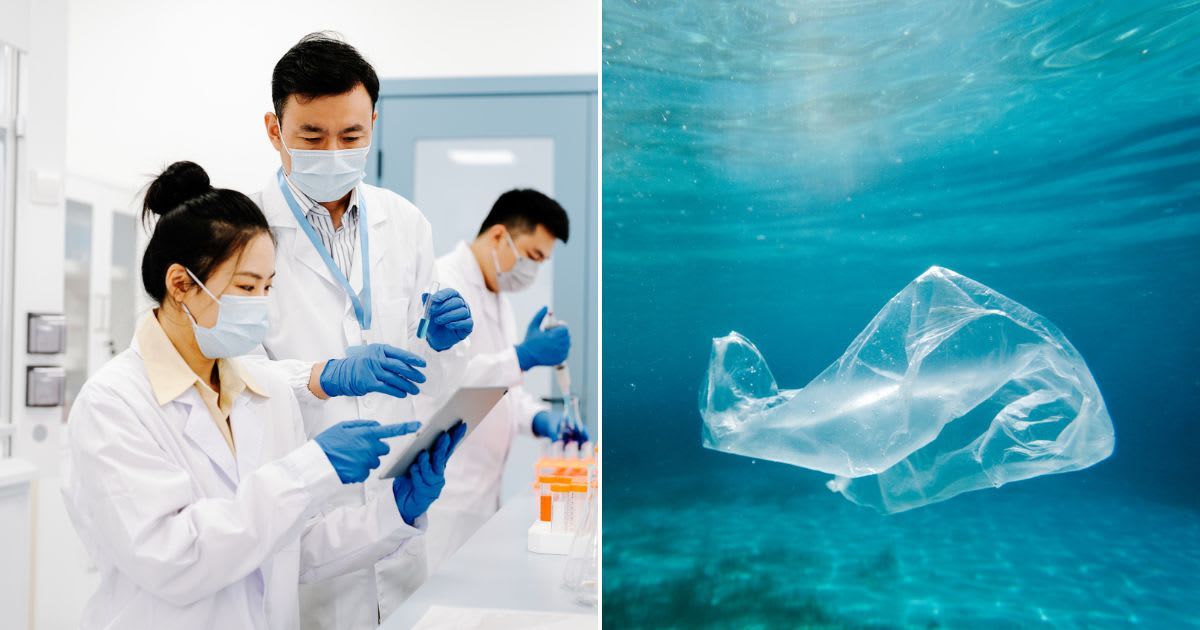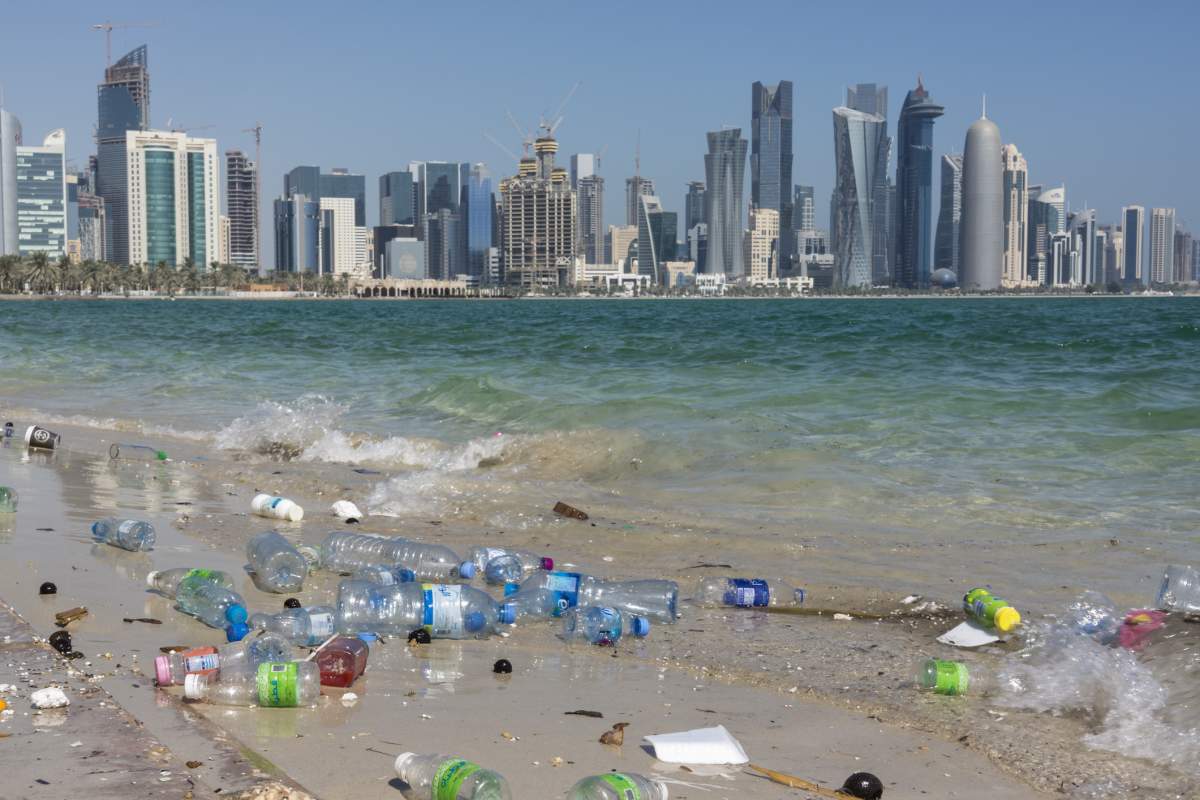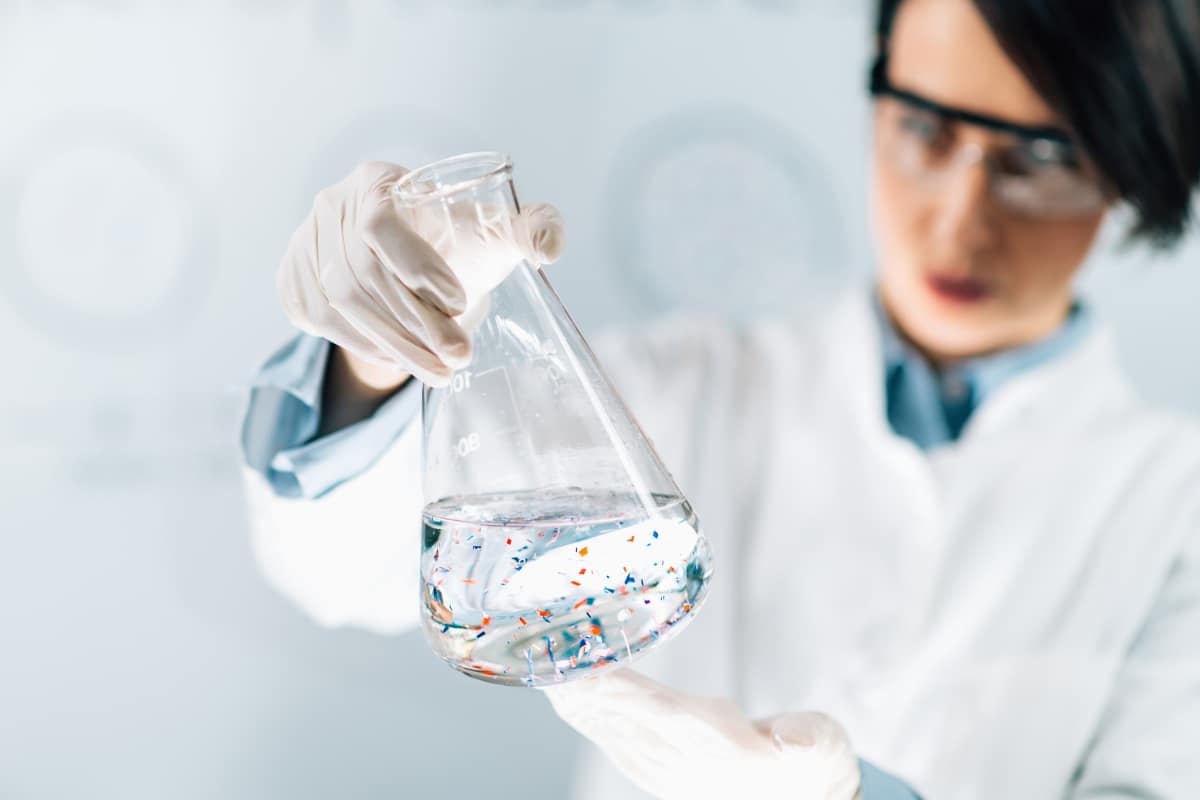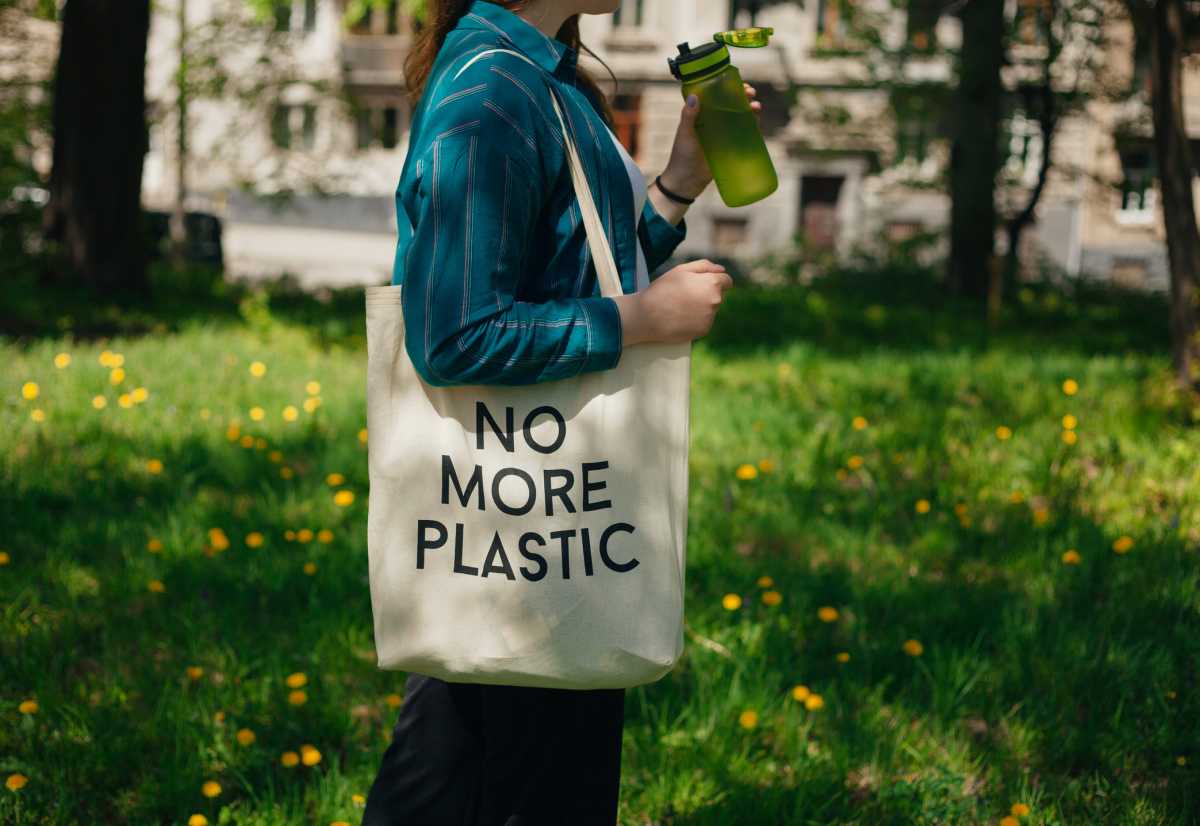Japanese Scientists Invent Plastic That Does Not Pollute Ocean Water — Instead, It Simply Dissolves

Plastic pollution has become one of the major threats to our oceans, rivers, and lakes. Every year, tons of plastic waste enter these water bodies and break down into microplastics that are almost impossible to remove. Sometimes, marine animals mistake these plastic pieces for food, leading to their death. Not just this, the toxic chemicals from plastics also contaminate the water, posing a threat to human health as well. However, in a groundbreaking step toward tackling the issue, scientists from Japan have now created a new type of plastic that can completely dissolve in water within just a few hours.

Biodegradable plastics have been tested for many years, but recently, a team from the RIKEN Center for Emergent Matter Science (CEMS) and the University of Tokyo claimed that their latest creation dissolves in water within two to three hours and vanishes without leaving any harmful microplastics behind. Moreover, this new plastic isn’t just limited to dissolving in water—it can break down in other environments too. As reported by the BBC, Takuzo Aida, a lead researcher at CEMS, stated, "Similarly, when tested in soil, a piece of plastic about 5 centimeters in size, it completely disappears after a little over 200 hours."

This discovery could be used as packaging material, in fishing gears, and several other ocean-bound products, significantly reducing the threat to marine life. However, so far, the researchers have shared no information about when or if the material will be produced for commercial use, as reported by Reuters. While still in its early development stages, the new plastic has already sparked significant interest. Aida also said, "In Japan, almost all packaging is made of plastic, and if we can manage to reduce that, we can expect less environmental damage."
Their product is also non-flammable and does not emit carbon dioxide, unlike regular plastic. The lead researcher rightly said, "Children cannot choose the planet they will live on. It is our duty as scientists to ensure that we leave them with the best possible environment." The United Nations Environment Program previously issued a stark warning that by the year 2040, plastic pollution could grow three times more than today. That means up to 37 million tons of plastic waste might enter the water bodies each year. Meanwhile, although it is a great discovery, the researchers might face two major challenges.

The challenges will be competing with the low price of regular toxic plastics and dealing with the absence of large-scale production infrastructure. Sylvia Earle, a popular marine biologist and one of the first female oceanographers, once stated, “It is the worst of times, but it is the best of times, because we still have a chance." So, before using plastic in any form, consider the impact it leaves behind. While this breakthrough may take time to become accessible, there are plenty of simple changes you can make right now. For instance, carry a reusable cloth bag for groceries, choose wooden or metal cutlery over single-use plastic, and opt for refillable bottles whenever possible.
More on Green Matters
Scientists Accidentally Found a Way to Turn Plastic Into Diamonds — and the Results Look Promising
Scientists Find a Surprisingly Simple Way to Remove 98% Nanoplastics From Drinking Water
Scientists Find the Biggest Source of Microplastic Pollution — and It’s Not Straws or Grocery Bags